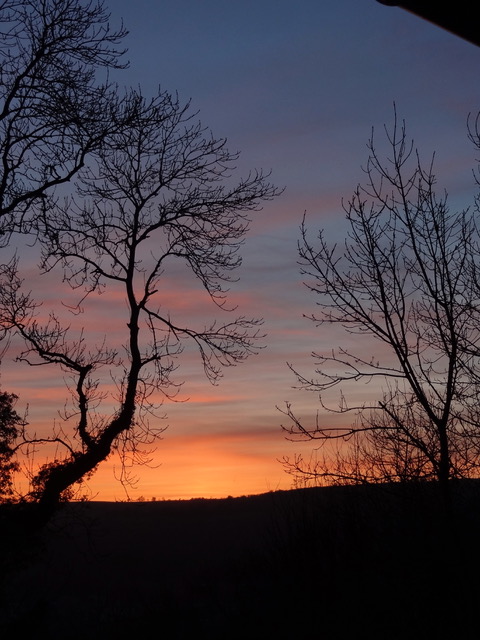Moon gazing: Claire’s Gardening with the Moon in June and the Full Mead Moon
Reap the rewards
June is the month when you can really start to reap the rewards for all your hard work in Spring. Crops are ready to harvest, flowers are filling the garden with scent and colour and, if you’ve adopted a wildlife friendly approach, your garden will be full of bird and insect guests.
If you intend to eat your garden produce straight away, then the type of day you harvest isn’t so crucial. There really is no greater pleasure than wandering out into the garden, picking some herbs or salad leaves, and putting them straight onto your plate – yum! And of course, the fresher they are, the more nutritious they are.
The Summer Solstice
The Full Moon in June is the Mead Moon, the Horse Moon or the Flower Moon. These are symbolic Celtic names about fertility, celebration and bounty from work that has been put in. This year the Summer Solstice astronomically falls on 20 June, a Thursday and the Mead Full Moon is very early on Satuday. Celebrate with your chosen family.
| New Moon | First Quarter | Full Moon | Third Quarter | ||||
| 6 Jun | 13:37 | 14 Jun | 06:18 | 22 Jun | 02:07 | 28 Jun | 22:53 |
The growing season continues for many more months
There are quite a few blank days at the start of this month when there are no beneficial influences coming to earth from the cosmos. So, perfect days to sit and enjoy your garden and avoid any gardening work are the 2nd, 5th, 6th 8th and 9th. Perigee this month is on the 27th which is another blank day.
The descending moon this month is from the 8th to the 21st. This fortnight is the optimum time to do any work that involves the soil, including sowing and planting.
There are still plenty of seeds you can sow in June; choose the week before the full moon for a quicker, stronger germination.
Sow root crops like beetroot, turnips and carrots on the 16th and 17th.
Sow biennials like foxgloves and wallflowers for flowering next year on the 18th.
Sow leafy plants like salads, basil and parsley on the 20th and 21st.
Sow fruit crops like summer squash, sweetcorn and outdoor cucumbers on the 22nd.
Planting is best done in the afternoons or evenings.
The best dates for planting/transplanting ‘leaf’ crops are the 10th, 19th, 20th and 21st.
Plant out fruit crops like courgettes and tomatoes, on 11th, 12th and 13th.
For planting/transplanting ‘flowers’ choose the 14th or 18th.
If you’ve got any root crops to transplant, then the best days are 16th and 17th.
Harvesting crops for storing, or for processing (i.e. making ferments, cordials, juices etc.) the optimum times are mornings in the ascending moon fortnight.
Harvest fruits like strawberries, broad beans, tomatoes, or early peas on the 22nd and 23rd. Harvest roots like garlic, shallots, carrots and early potatoes on the 24th and 25th. Collect fresh flowers - either for a longer lasting display or for drying - on the 26th.
Harvest leafy crops like lettuce, rocket, or spinach on the 29th and 30th.
Wilding and outdoor space safe havens
It's usual practice to prune back early flowering shrubs like forsythia and weigela in June (after flowering) so they can grow plenty of flowering stems for next year. But do try to avoid chopping back where there might be birds nesting. The Wildlife Trusts advise against hedge trimming during the nesting season (March to August). It’s very tempting to over tidy our outdoor spaces, but if we can tolerate a little ‘shagginess’ then we’ll be creating safe havens for all of the wildlife visiting our gardens.
Thank you for joining me on this growing journey.
If you have questions for me that relate to my blog - Moon and growing related - please send them to me using the Earth Pathways contact page. I would also like to direct curious readers to the UK Biodynamic Association website.
Claire Hattersley



















